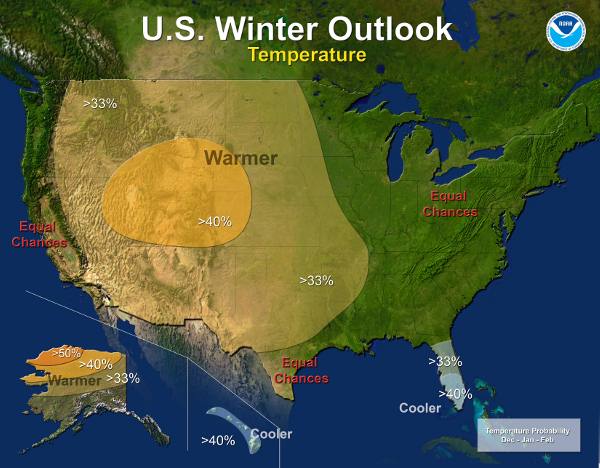October 31, 2012

El Niño has fizzled, and you can forget the forecasts of a wetter, cooler Texas winter, said the state climatologist.
Though many agricultural producers may be disappointed in not having a wet winter to replenish soil-moisture levels, there’s some good news mixed with the bad, said Dr. John Nielsen-Gammon, state climatologist and regents professor at Texas A&M University.
“The closest thing to a sure bet is that this won’t be another La Niña winter,” Nielsen-Gammon said. “But next year the odds are La Niña will ramp up again, and with them the chances that next winter will be a dry one.”
As recently as late August, forecasters, including those at the National Oceanic Atmospheric Administration’s Climate Prediction Center, were expecting a stronger-than-average El Niño to develop in the tropical Pacific, he said.
The earlier prediction of a strong El Niño was good news for drought recovery for most of the state, Nielsen-Gammon said. Though an El Niño’s effects are usually stronger in the southern parts of the state and along the Gulf Coast, it generally leads to wetter, cooler weather for the entire state.
Typically, the development of an El Niño begins with warmer ocean temperatures, at least about 1 degree Fahrenheit, above normal, which is what climatologists were seeing during the summer, he said. The situation, once it begins, usually results in a “feedback situation” that further raises ocean temperatures and magnifies the effect.
“As the warm temperatures spread across the Pacific, the winds weaken, allowing the warm water to remain at the surface longer before losing any of its heat,�” Nielsen-Gammon said. “However, the feedback failed to develop, and now we are expecting a neutral situation,” he said.
“Neutral situation,” means there are now equal chances of either a wet or dry winter, Nielsen-Gammon said.
“In the meantime, the tropical Pacific is likely to stay neutral, he said. This means a good chance that rainfall this spring and summer will also tend to be close to normal, to the extent that Texas weather is ever normal,” he said.
More information on the current Texas drought and wildfire alerts can be found on the AgriLife Extension Agricultural Drought Task Force website at http://agrilife.tamu.edu/drought/.
You May Also Like




